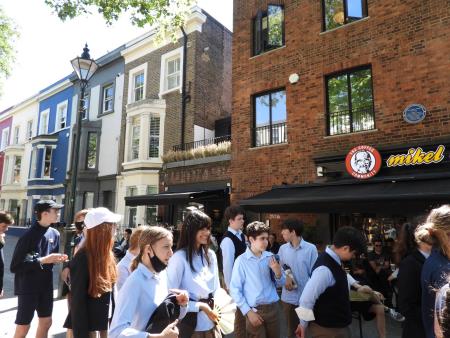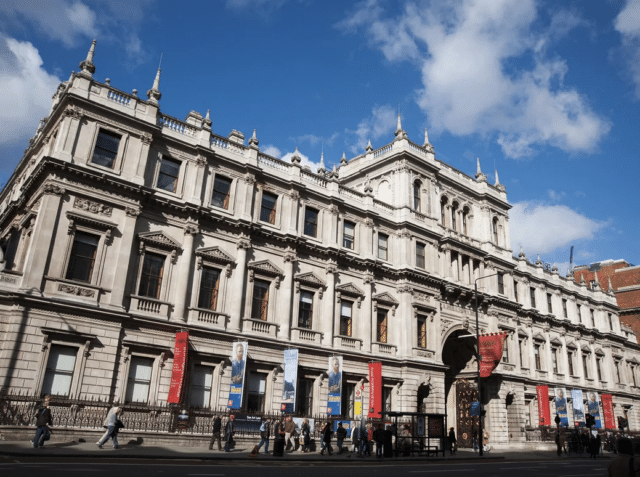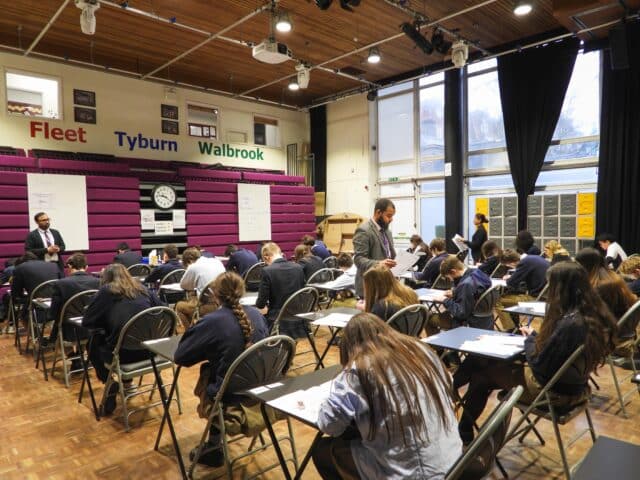Related articles
This June, our Year 8 historians took their studies outside of KPS and went on a walking tour of Notting Hill.
In history lessons this term, our students have been learning about the Civil Rights movement in America and Britain. As part of their studies, students have watched a number of films collated by the British Film Institute (BFI) which provide evidence on how black people were treated in Britain throughout the twentieth century. By watching these films, they were able to question some preconceived notions about black British history and explore the truth further.
This week’s trip to Notting Hill cemented this learning and allowed students to identify various landmarks which have a connection to local black British history. For example, the students looked at the vibrantly coloured houses which decorate the Notting Hill area still today, now worth £4 million on average. However, in the past, corrupt landlords split these houses into flats and the flats into rooms. As accommodation was limited for migrants coming to the UK due to the prevalent racist attitudes in the 1950s, they often paid extortionate prices to live in squalor. Sometimes, landlords would even rent the coal cellars to the migrants in order to make money and exploit those who had no where else to go.
In addition to this, we discussed the importance of the famous Notting Hill carnival which attracts almost 2 million attendees today. The carnival started as a response to the Notting Hill race riots of 1958 which saw the white British community clash with the black migrants. The week long events were an indicator of how serious the racial tensions had become in the area and in response, Claudia Jones, known as the mother of the modern day carnival, formulated an idea to help Notting Hill heal. The idea was epitomised as “a people’s art is the genesis of their freedom”, meaning by sharing the art and culture of the black community, freedom would be gained. From that point on the carnival continued to develop and grow further with the help of social activist Rhaune Laslett, who brought a more modern twist to the event.
The surprising thing about the area of Notting Hill is that the Black history is not obvious despite its rich past. This is due to Island Records moving nearby in the 1970s, which led to famous artists such as Bob Marley and The Beatles coming to record their albums and relax in the local area. This created a desire to live in the “up and coming” Notting Hill area, leading investors to pump money into creating more accommodation and attractions to satisfy a white middle class clientele. This in turn removed a lot of the history from the area. However, as the Year 8s discovered, there are still glimpses here and there if you look closely!






